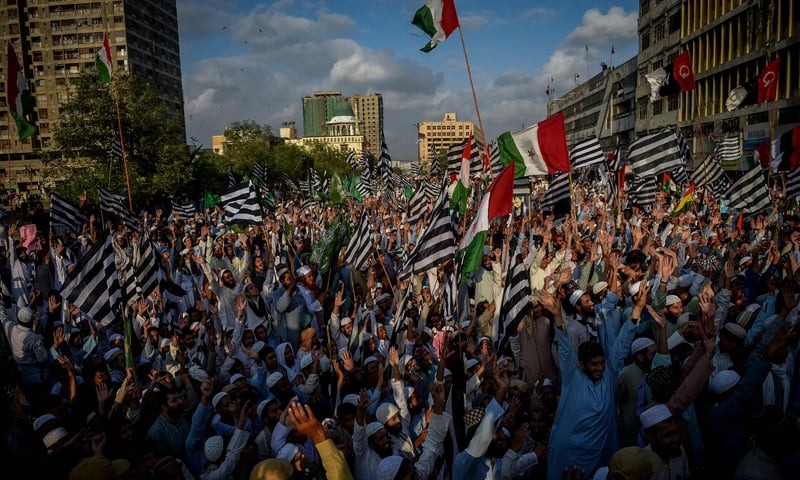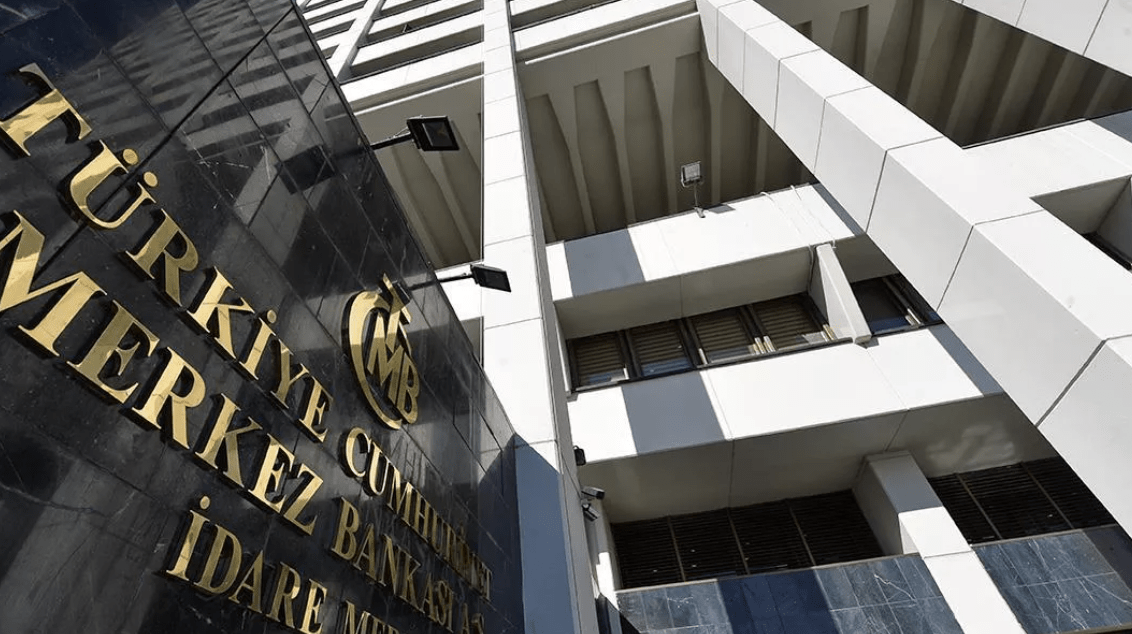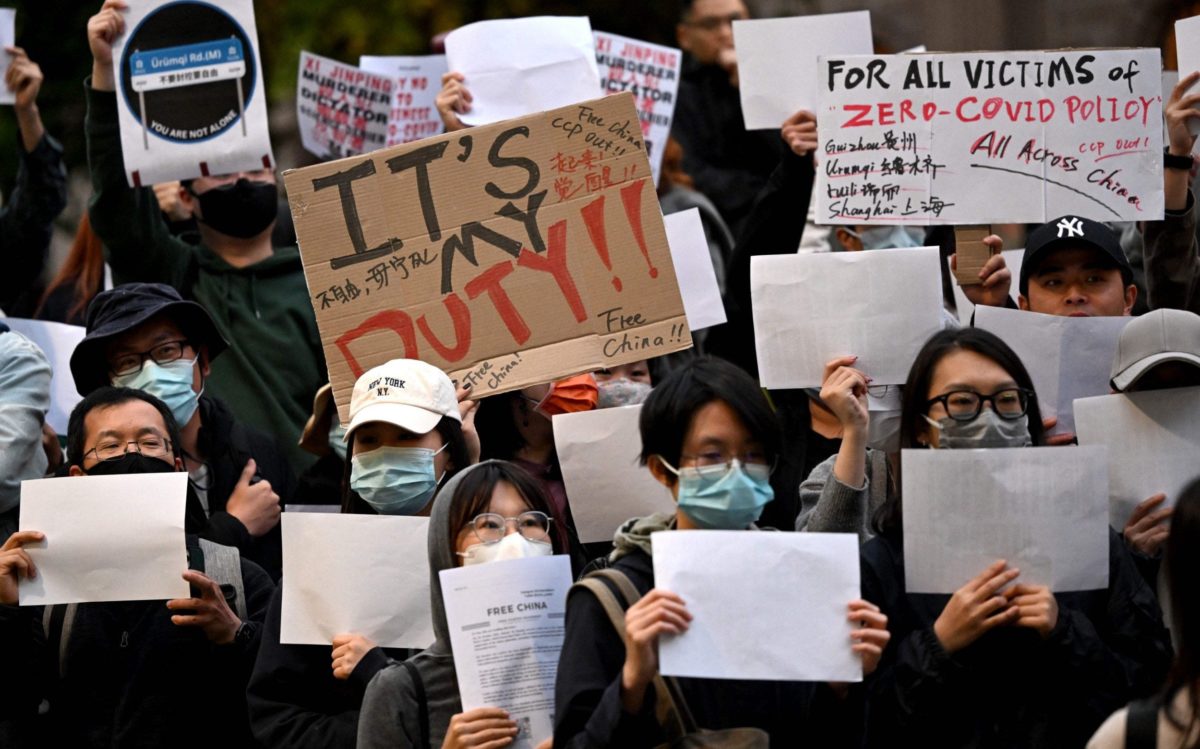Status Quo, Short-Term Investment Case in Pakistan Is Hard to Support
The political crisis in troubled Pakistan was amplified by former Prime Minister Imran Khan’s large protest on Saturday, which put investors on the back foot. Khan intends to mobilize tens of thousands of his supporters to demand early elections. The elections aren’t scheduled until October. Khan shot three weeks ago. Mackay Shields UK LLP and Tellimer Ltd. have warned the government that the rupee could fall by around 10% to a new low in the near term.
With Pakistan struggling to fill a financing gap while coping with an economy devastated by floods, the conflict between Khan and Prime Minister Shehbaz Sharif arrives at a critical juncture. The International Monetary Fund received a $1.2B bailout, and the currency and stock markets had only recently recovered from lows.
Bumpy Macroeconomic Ride Ahead
According to Bloomberg Economics, Pakistan is being pushed to find investment to bridge a financing shortfall of $7.3B. Despite a 6% gain from an all-time low of 240.375 in late July, the currency is still down more than 25% this year. It is among the worst in Asia. So far in November, the stock market has gained about 4%. Although the year overall has lost similar amounts.
Khan has blamed Prime Minister Sharif and other authorities for the shooting during a rally on November 3. This happened despite calls for his protest to be postponed. The officials refute the accusations. According to them, terror strikes are to be expected during the demonstration.
Philip Fielding is a co-head of emerging-market debt at Mackay Shields in London. He said the developments in Pakistan “comes at a time when the financial backdrop is extremely difficult.”
Finance Minister Ishaq Dar reaffirmed last Saturday that the country would pay its debt on time. The 7.375% 2031 dollar bond reached a new low of roughly 30.7 cents on the dollar in early November.
















